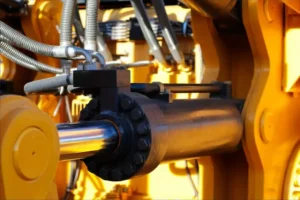When performing medium-frequency induction furnace smelting operations, the following six conditions must be strictly adhered to in order to ensure the quality of molten steel and maintain production safety.
1. Chemical Composition Meets the Standard
It is essential to ensure that the chemical composition of the molten steel fully meets the preset specification requirements. This is the foundation for guaranteeing the steel’s performance is up to standard.
2. Appropriate Temperature
The temperature of molten steel must reach the established steelmaking temperature standard. This step is crucial as it directly affects the subsequent organizational structure and physical properties of steel.
3. Slag Viscosity Optimization
The viscosity of the slag needs to be adjusted to an optimal state to ensure it can effectively protect the molten steel, remove impurities, and facilitate the subsequent smelting process.
4. Fully Prepared Ladle
The ladle needs to be fully baked to ensure it is dry and free of moisture. Additionally, the sliding nozzle or stopper mechanism should operate smoothly and without impediments. The ladle’s argon blowing system must be ready, and the ladle should be securely in place and prepared to receive the molten steel.
5. Ingot Casting Process Readiness
The ingot casting or subsequent processing processes must be prepared in advance, including molds, cooling systems, and other necessary equipment. This ensures that the next stage of processing can commence immediately after the molten steel is discharged from the furnace.
6. Environmental Cleaning and Safety Inspection
The furnace and the steel outlet area must be thoroughly cleaned, free of debris, and any safety hazards. This ensures that the operating environment during the steel tapping process is safe and tidy, creating favorable conditions for smooth steel tapping.







